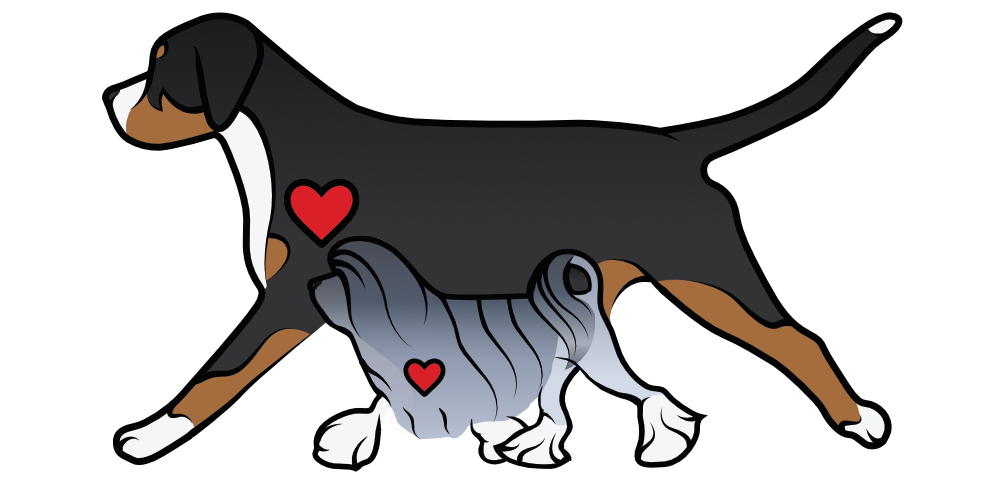Someone in our regional club asked about handling classes, and I wrote this response. I thought it might be good to share publicly as well. Location/person specific information has been removed. Enjoy!
Jennie
I would recommend that you not start conformation classes with your puppy until you’ve tried it without your dog or with trained dogs. It will take you longer to learn how to handle than it will take your dog to learn how to perform in the conformation ring. The danger in taking a puppy into conformation as a first time conformation handler is that the puppy might find it boring or uncomfortable while you are trying to learn. By the time you know what you are doing, the puppy might already dislike conformation.
I would highly recommend that you go and watch a few of the classes first (or watch YouTube videos on conformation handling), do some intense reading (it will be a great investment), and take quality general training classes. Regardless of what sport you pursue, you will need to learn how to communicate with your dog and perform as a team. I don’t think that conformation training is any different from competitive obedience training or flyball or even weight pull. It is still about the relationship you have with your dog and your communication.
Also, all my dogs are trained in competitive obedience and conformation. I strongly believe that they can do both. Many people think that dogs can only do one or the other. All my dogs have been trained to free-stack separately from automatic sits. I wouldn’t discourage training in both if you are so inclined. You should not limit your possibilities with the notion that a dog can only learn or do one thing at a time.
Here’s a list of books I recommend:
Building Blocks for Puppies by Bobbie Anderson: http://www.amazon.com/Building-Blocks-Performance-Bobbie-Anderson/dp/1577790375
I recommend this book to anyone and everyone. A dog is a pet first. It doesn’t matter what your dog does on the weekends, your dog should find you to be exciting all the time. Your dog should also mind you in and out of the ring. You do have to live with the dog outside of the show ring as well.
All of Pat Hastings books:
http://www.dogfolk.com/puppydevelopmentbook.htm
http://www.dogfolk.com/k9structurebook.htm
http://www.dogfolk.com/trickstrade_revised.htm
I just went to one of her seminars yesterday, and I always learn something new. It is always best to learn about canine structure so that you know your dog’s strength and weaknesses. As a handler, you should learn how to downplay or accentuate those points in your dog.
The Winning Edge Show Ring Secrets by George Alston:
http://www.amazon.com/The-Winning-Edge-Secrets-reference/dp/0876058349
This is a great primer for first time owner-handlers. There are great photos and diagrams along with grooming tips.
There’s many other conformation books out there as well. It might seem like quite a bit of information at once, but I’m of the philosophy of great preparation and learning from other people’s mistakes. Always better to learn before you pay that entry fee.



